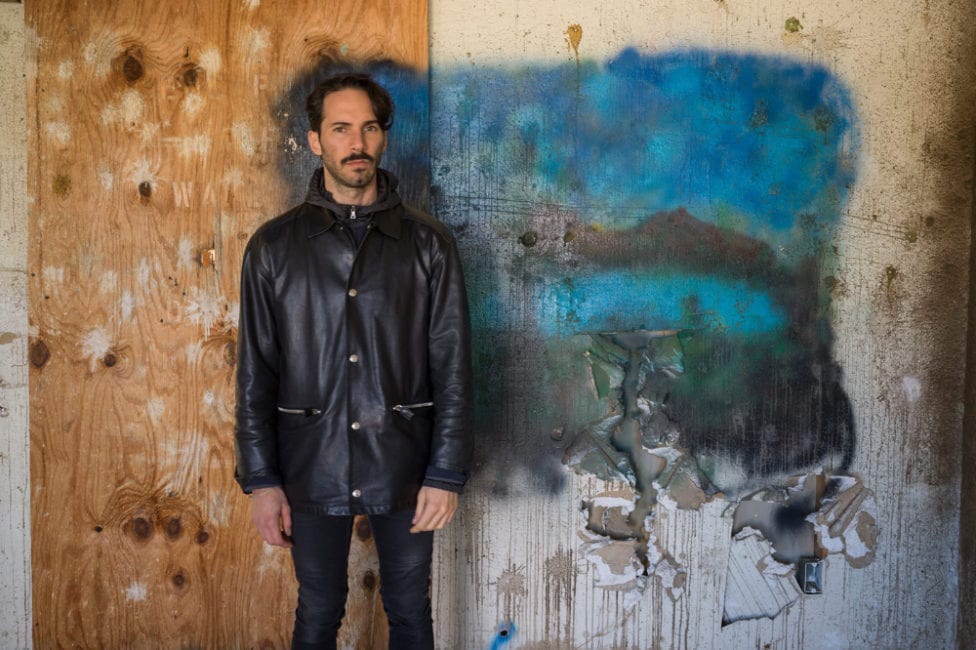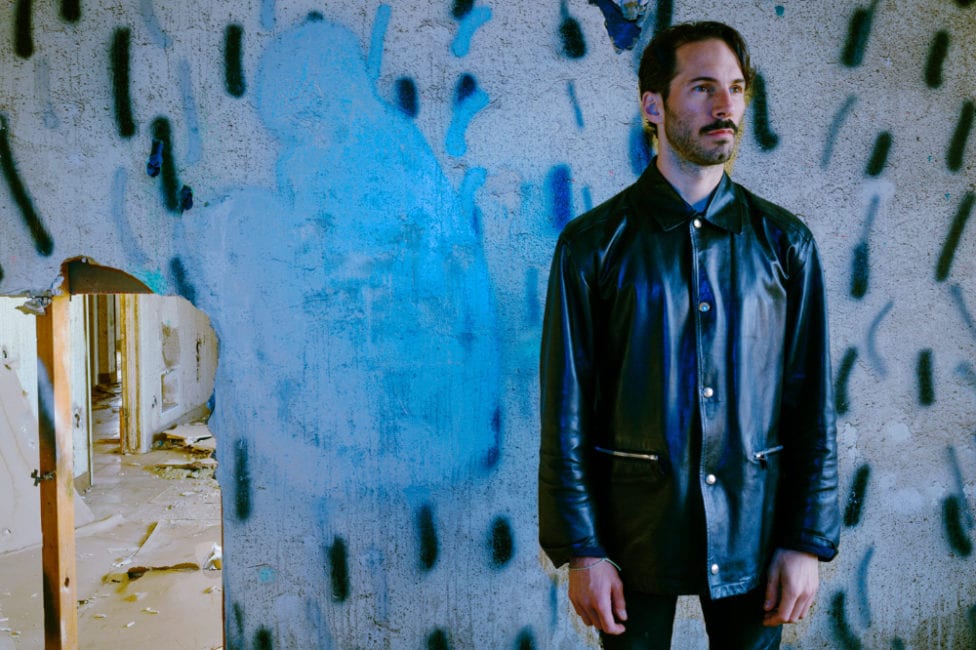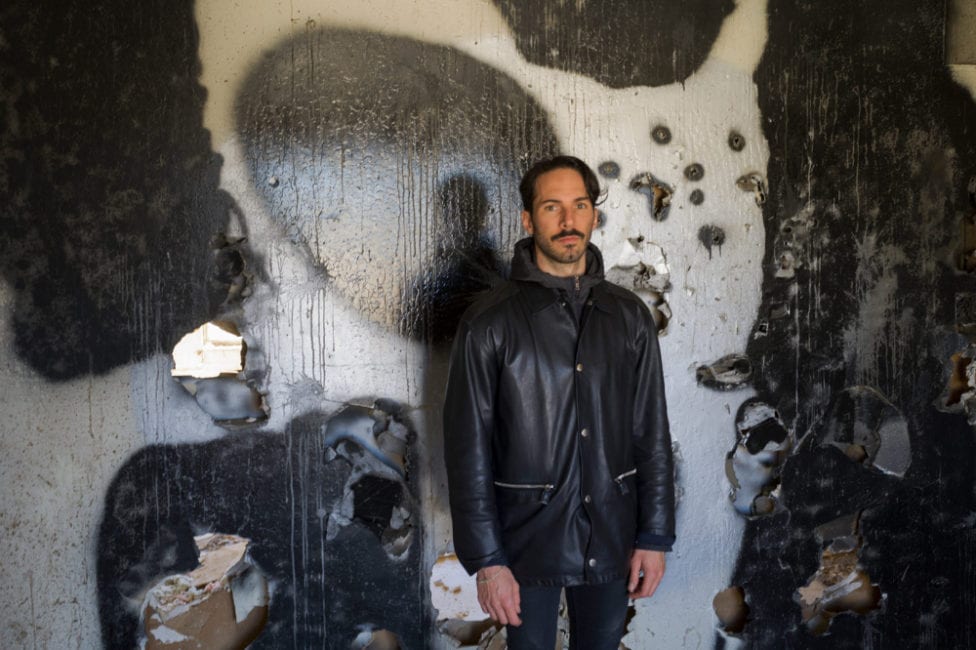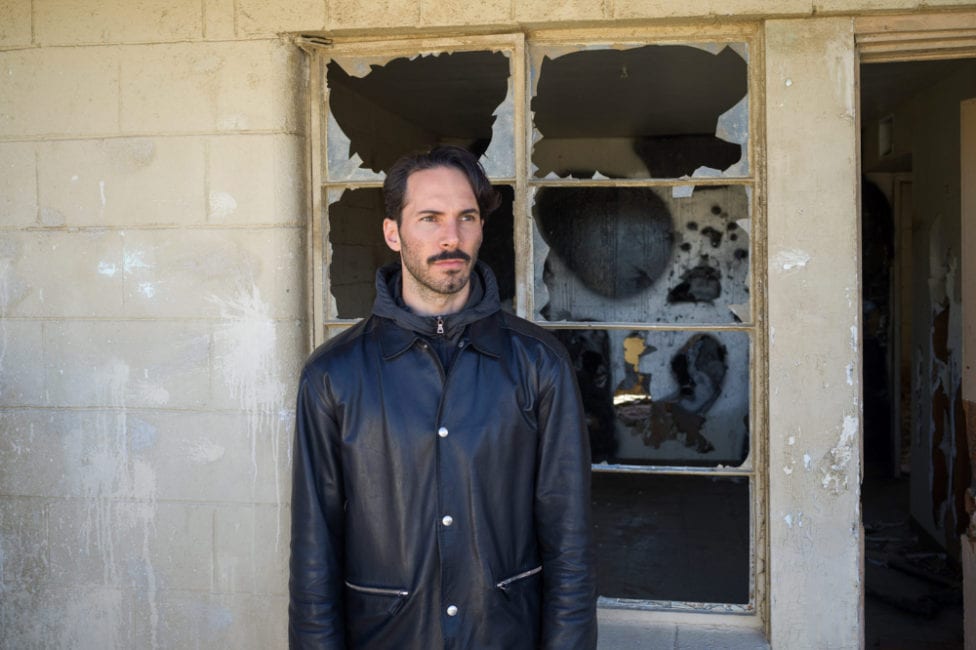Italian producer, label owner and provider of his own brand of conceptual ‘pointillistic’ trance, Lorenzo Senni has spent the best part of a decade releasing his own futuristic re-engagement of ideas that informed his musicality.
Most significantly, his voyeuristic application of rave culture has helped develop his previous three albums through a reconstructive interpretation of dance music. ‘Scacco Matto‘ is Senni’s latest engagement with these ideas, and perhaps his most vivid yet.
The album encapsulates Senni’s fascination with self-imposed limits within dance music. Containing a euphoric museum of trance snippets, all seemingly in combat with each other, Senni’s sound on ‘Scacco Matto‘ is amongst his most ambitious and groundbreaking. We asked him some burning questions surrounding its release.
Interview by Esme Bennett
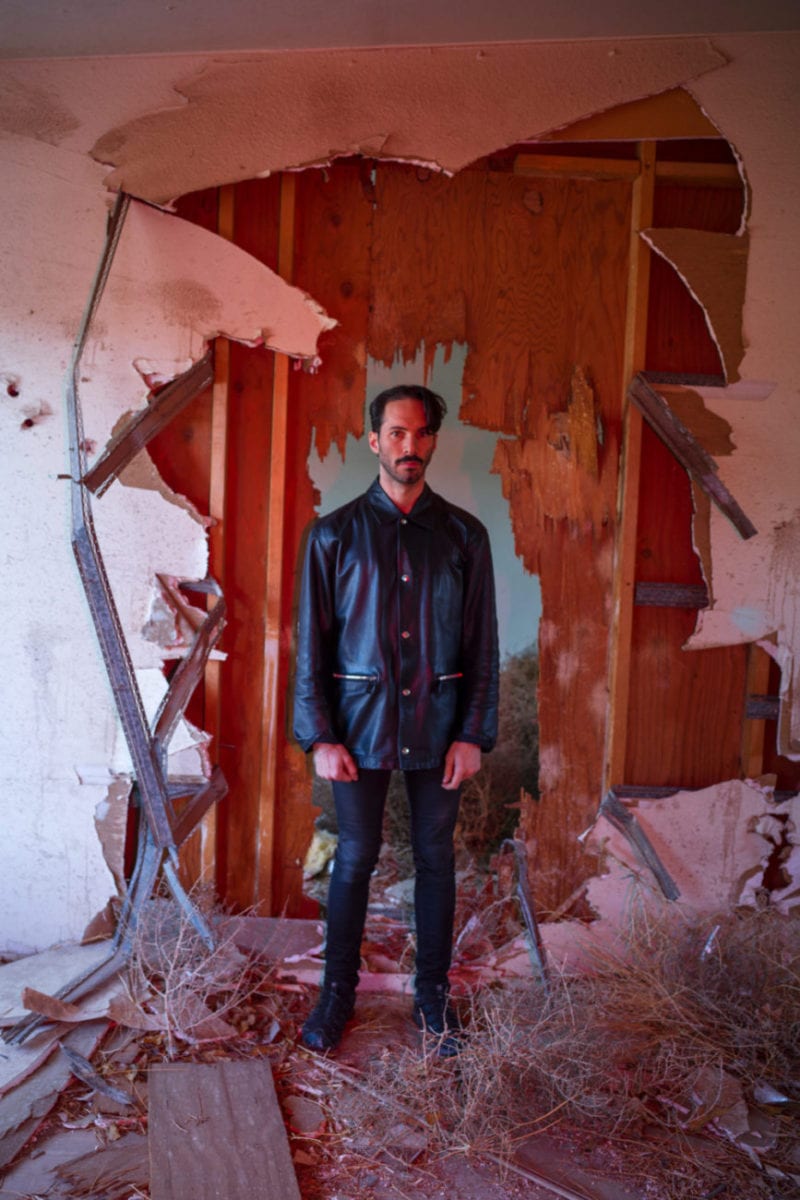
"To me, dance music is just one of the multiple references that I have. I'm not really interested in breaking it apart and starting from scratch"
Hi Lorenzo, thank you for taking the time to answer these questions. We’re assuming that you have been hunkering down in Milan. How are you holding up during this most bizarre and tragic time in history – are you keeping connected, healthy, creative or the complete opposite?
I try to live the same life I was living before the virus. I just finished an album that forced me to be in the studio for many, many months, and now that I had a tour in place and I was ready to travel around the world to play my music. Everything is falling apart, but I’m not allowing myself to stay home and cry.
After the first week of shock I just said “OK, I’m going to pretend I haven’t finished in the studio yet.” – I forced the lockdown and walked alone in a very sad and surreal Milan with an epic feeling of revenge.
We’re here to talk about Scacco Matto LP – please tell us when you started working on this project and when you started to feel that it was becoming a more complete body of work – an album?
The Cure said in a pretty famous interview that they were only able to actually make their masterpiece ‘Disintegration‘ only after finding the album title.
I don’t pretend to compare myself to them, but for me it worked out exactly the same; I realised that during the making of Scacco Matto (which in English means ‘checkmate’) that I had been playing a sort of chess game with myself.
I’ve always seen a duality in my work in which I want to find a very satisfactory balance between a coherent, strong, conceptual side and a more emotive and instinctive approach. Every time I make a move in a certain direction, I always find myself making a countermove in the exact opposite way.
On this album I pushed myself to the breaking point where I wasn’t able to make any musical moves to the track in one direction or the other. I felt checkmated and after finding the title, I knew that this idea needed to be emphasised. I wanted to push everything I learned in the past years and with the previous records in multiple directions as much as I could.
Tell us about your musical upbringing and heritage – particularly your fascination with the voyeuristic side of raving and your experience in the hardcore punk scene? How do you think this may have informed your sound today?
When I was a teenager, I was involved in the local Punk-Hardcore-Straight Edged scene, but some of my closest friends from school were gabbers and warriors, so I experienced going out in these huge clubs in Rimini during the weekend. It was there that I was exposed to trance, hard-trance and gabber.
As I was completely sober I had a very personal way of experience that environment: I wasn’t interested in gabber at all, but I was never bored and I remember myself observing and trying to understand the dynamics of the context and the people in there.
I was a Rave Voyeur, and I think this is heavily reflected in my music and my artistic practice. I’m looking at club culture and the music that represents it from my personal perspective, which keeps filtering things through my background in punk hardcore bands, as well as my computer music classes at the University of Bologna.
What first drew you to exploring these ‘pointillistic’ techniques in your music? Can you identify a particular track, producer or album that helped push you towards this?
My interest in trance music was focused not on the whole genre but only a few elements: the sound palette (supersaw waveform), the build-up section and the emotional aspect of the tracks.
When I went through thousands of build-ups, I realised that it was very common to have very short notes at the beginning of the crescendos. In this way, the artists can open up and expand their build-ups progressively. After that, I decided to experiment with this idea, and I just started working with the shortest notes I was happy with.
In most cases, after that, I wasn’t even interested on developing a crescendo but I could just keep my melody going on described by these short sounds and that was enough. The sonic result was perfect to describe the idea and the process behind that.
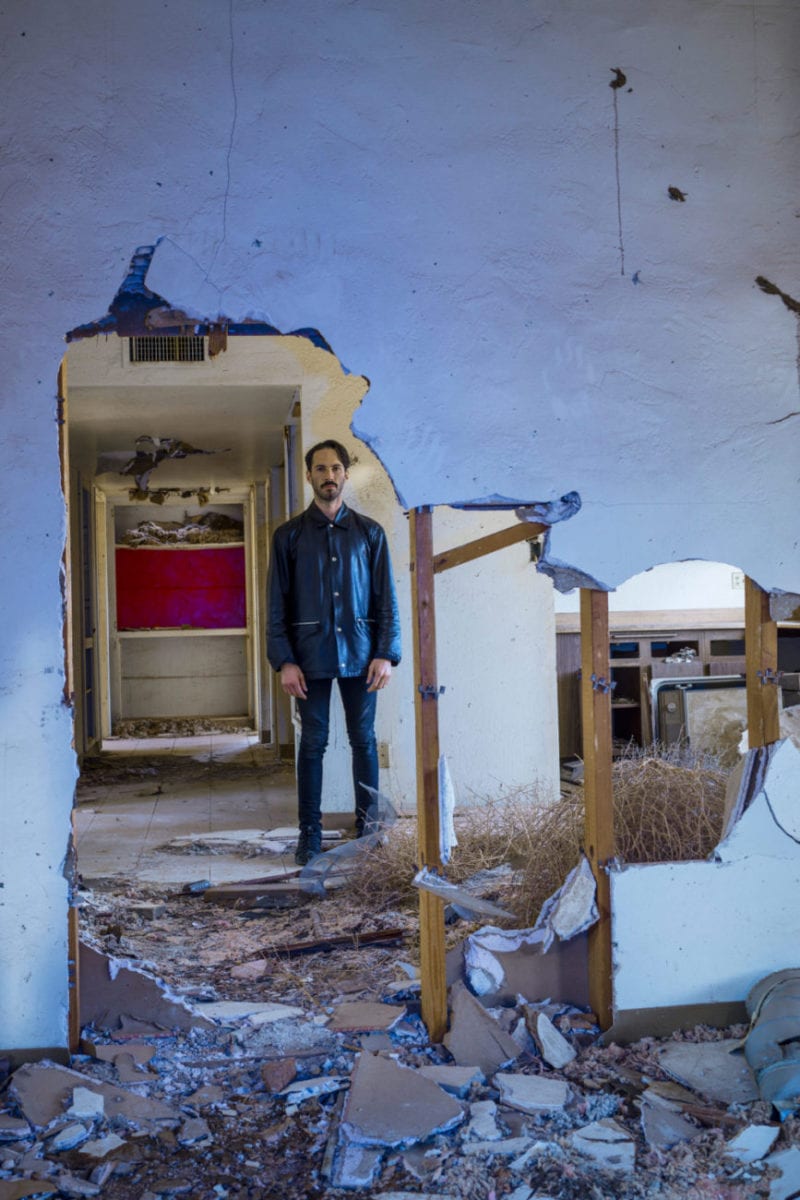
"My interest in trance music was focused not on the whole genre but only a few elements: the sound palette (super saw waveform), the build-up section and the emotional aspect"
This is your first album on Warp, following EP’s “The Shape Of Trance To Come” and ‘Persona’ – how has the label helped you shape and define the album?
To be honest, releasing on Warp didn’t affect my music at all but for sure it encouraged me to go in the direction that I was already taking with ‘Persona‘.
‘Persona‘ was almost already there when I signed to Warp, and these six tracks were pretty different from my previous releases ‘Quantum Jelly‘ and ‘Superimpositions‘, so I knew that they appreciated what I did in the past, but that they were excited and interested on the new material.
Now I’ve been with them for a few years, there is a constant conversation going on of course, but at the same time I feel free and independent in the musical choices. I think that Warp influenced me deeply in the past when I was growing up and dreaming of making music and now following the work of my colleagues and friends.
How did the self-imposed limits and rules you set for yourself in the making of this album help you to discover new aspects to your exploration of “rave voyeurism”.
These limits and rules really help me to avoid making choices. Not having a beat because my references are drumless build-ups is already a good starting point, in order to not spend time thinking about the beat. Then again, referencing trance build-ups, I know what sounds I’m looking for and I don’t have to go through thousands of presets to find a sound I like. And again, if I like a sound, is that enough to include that in my music?
I’m surprised that a lot of artists make choices dictated by their taste, it is better that I don’t even go into that direction. Every choice I make needs to be supported by a coherent link to the ideas and the concepts that I have been developing over the years.
These brief examples, along with many other rules, make my field of action smaller so I can then explore it more deeply. Trying to find new solutions and coherent ideas push me to work hard and bring my music to a breaking point.
Your album artwork is of a window into another reality – who took the photo and pieced the artwork together – what does it all represent?
I’ve followed John Divola’s work for more than fifteen years. I discovered him whilst studying with my mentor, Guido Guidi, the most important Italian photographer alive right now. John Divola is a 70-year-old American photographer who has done a very inspiring series of photographs since the seventies.
I was lucky enough to meet him in Los Angeles. He photographed me and agreed to let me use one of his iconic Zuma photos for the album cover. To me, this photo really speaks to my work; it speaks about the duality between the ideas / the concept that has been the basis of my work for several years now.
The intensity of the Californian sunset, framed by a vandalised wall hit by a brutal flash represents, to me, the emotional aspect of my work restricted and limited by objective rules that I apply to my music. Plus, the wall is vandalised in a very pointillistic way!
In terms of production – what instruments (analog and digital) were imperative to the writing this album?
Most of the sounds are coming out from a Roland JP8000, a digital synth from the early 90s and the first one to implement the famous super-saw waveform and a Virus T1 Snow.
I recorded a few other sounds that end up on the record on a Waldorf Wave, PPG 2.2, Yamaha CS80 (but these are not mine)! I used them to promote my first single ‘Discipline of Enthusiasm’ with the motto “No Drums, No Modular Synths, No Sample Packs, No Artificial Intelligence, No Drugs & No Alcohol”, and people went mad, I loved it.
It’s crazy because people get offended by your choices. I never said “don’t use this” or “don’t use that”, or “I hate modular synths” or “I disrespect those who use sample packs”, I just said “I DON’T USE THIS STUFF”, period. It was a bit like going back when I was involved in my local Straight Edged scene, and people got weird when I was refusing a drink.
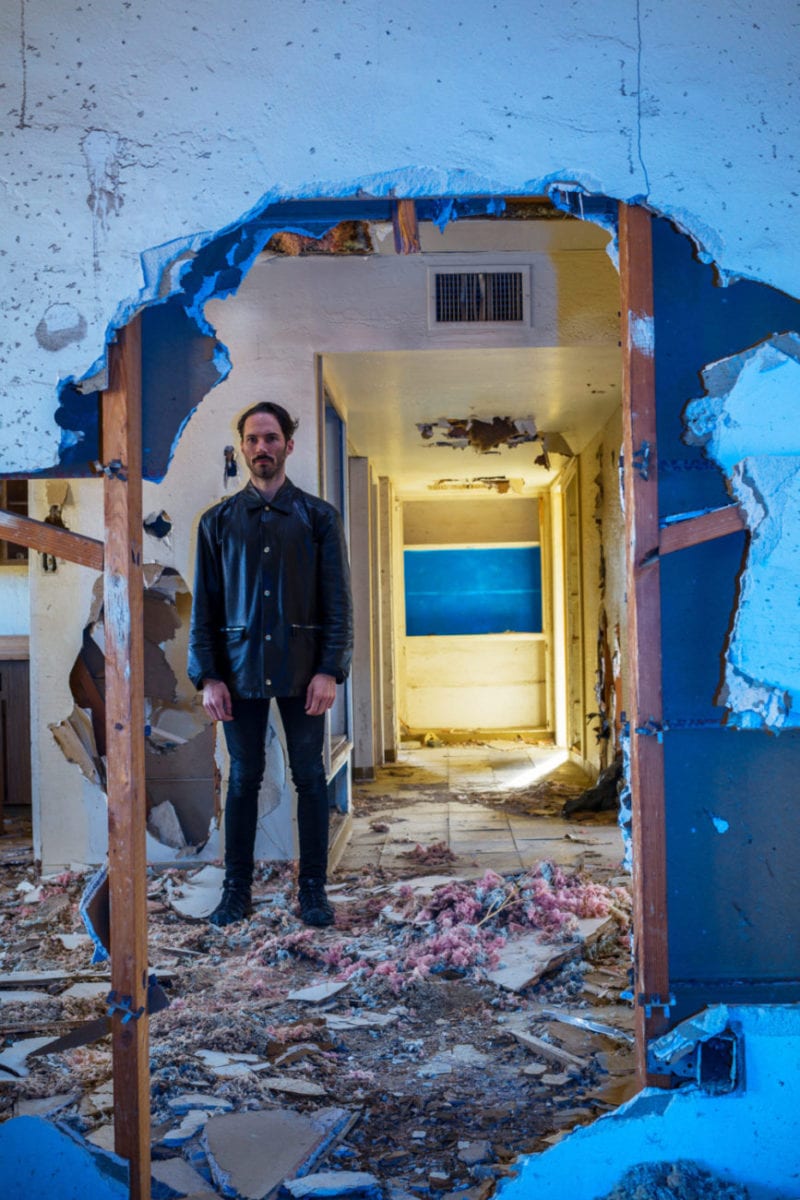
"Every choice I make needs to be supported by a coherent link to the ideas and the concepts that I have been developing over the years."
Your label Presto!? celebrated its 10 Year Anniversary in 2019. How would you describe its evolution from its beginning, and growth along with your own musical output?
Yes. I decided to put together a label because I was in love with the work of certain artists. I realised the only way I could have something in common with them was to collaborate on something together. Something like a release on my newborn label.
I’ve learned a lot from having a label, from following the process of working toward finalised projects, to preparing them to be released to the world. The label put me in touch with a lot of enthusiastic people like myself and I lost a lot of money in that, but it is basically the price of a ten-year masterclass in independent music.
You talk a lot about ‘vandalising’ dance music – what do you feel we can gain from breaking it apart and starting from scratch?
To me, dance music is just one of the multiple references that I have. I’m not really interested in breaking it apart and starting from scratch. I’m not interested in dance music.
When I’m working on music, I never ask myself if it could work on the dance floor. I want to leave marks, make holes and move things around and document it in order to change the perception towards these dead templates and eventually create something new, exactly like John Divola does with his graffiti in the abandoned houses he visits and then captures with his camera.
I personally think that in some of my tracks, like ‘Discipline of Enthusiasm‘ or ‘One Life, One Chance‘ for example, there are more references to punk and hardcore than to dance music.
“Half the game is mental the other half is being mental” – this is a quote from Canadian hockey player Jim McKenny – please explain why this is prominent to you?
This is again a reference to the duality I was speaking previously. The mental and more conceptual side paired with the more instinctive and emotive part. This tension between these two forces is the reason for my daily struggle but also what keeps me going.
What do you think we can learn from the disconnection that COVID-19 has imposed on us, as individuals and as a global collective – what changes do you want to see to come of this?
That’s a long talk, so I’m going to speak about live music, as my tour was cancelled. I’ve learned that, as I’ve been playing music on stage in front of people since I was 15, I’m not ready to give up now and perform in my bedroom in front of a camera for the rest of my life. If there is something I don’t want to change, it is the live performances, and I swear the first live set I’m going to play I will stage dive.
What makes you happy?
Working.
What makes you sad?
Sundays.
Do you have any words of wisdom / warning that you would like to share?
Move in Silence Only Speak When It’s Time to Say Checkmate.
‘Scacco Matto’ LP is out now in vinyl, CD and digital formats on Warp. Order a copy from Bleep.
Photography by John Divola
TRACKLIST
1. Discipline of Enthusiasm
2. XBreakingEdgeX
3. Move in Silence (Only Speak When It’s Time to Say Checkmate)
4. Canone Infinito
5. Dance Tonight Revolution Tomorrow
6. The Power of Failing
7. Wasting Time Writing Lorenzo Senni Songs
8. THINK BIG
